Lenovo ThinkPad X13s vs. MacBook Air M1: An ARM wrestle showdown
In this guide, we compare the MacBook Air M1 and the ThinkPad X13s. Does Lenovo have what it takes to take down the laptop king of ARM chips?
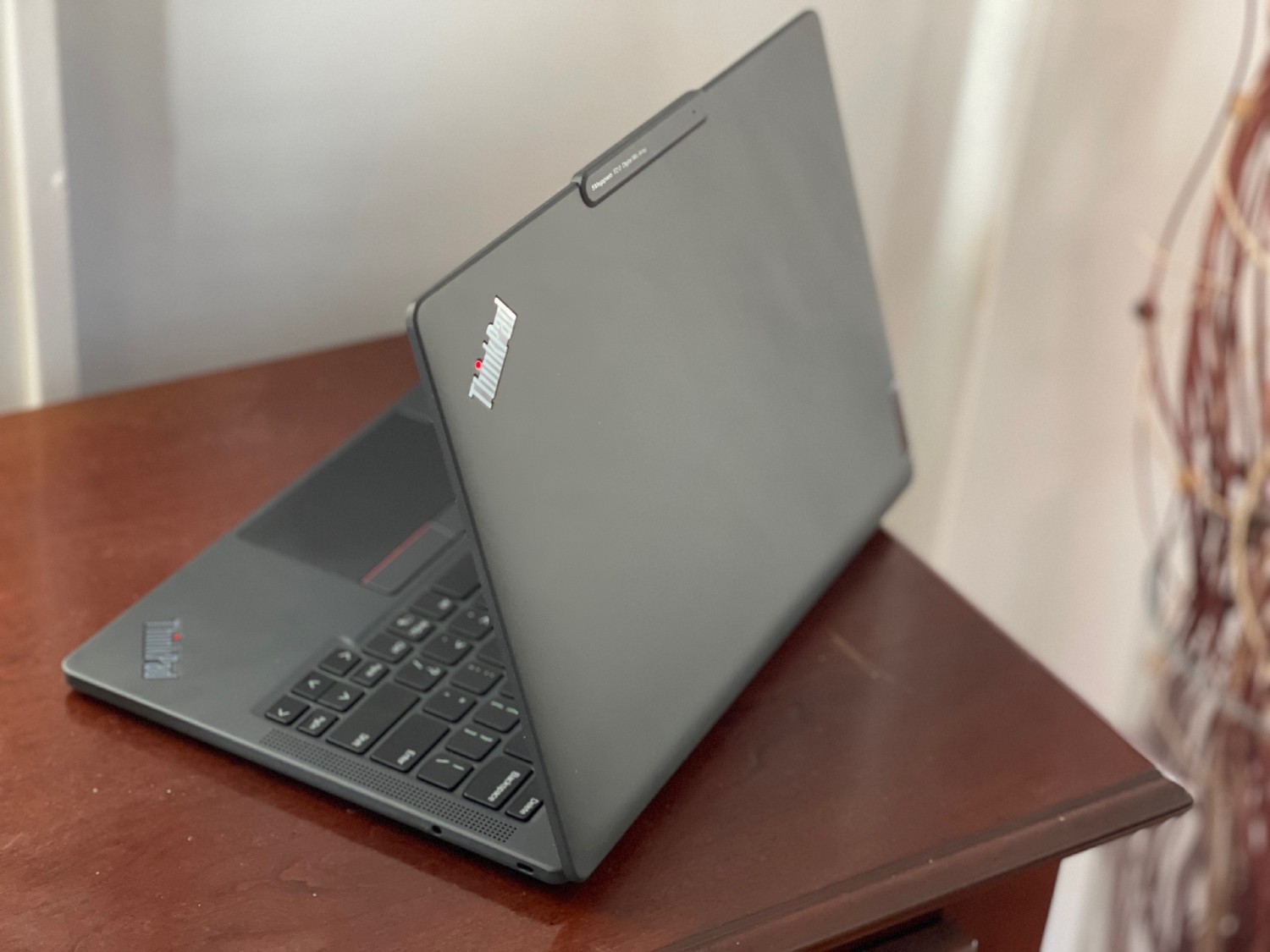
When it comes to laptops powered by ARM-based SoC, many see Apple as the king. The MacBook Air M1 has amazing battery life, performance, and app-emulation when compared to Windows devices with Qualcomm Snapdragon compute platform SoC.
The MacBook Air stands well ahead of a Microsoft device like the Surface Pro X, which is powered by custom ARM-based Microsoft SQ1 and SQ2 silicon. Recently, though, a new challenger has come to try and take down Apple’s spot at the top of the ARM-chip heap. It’s the ThinkPad X13s, which is available from Lenovo for prices starting at $1,300.
That brings us to our side-by-side comparison, looking at specs, design, performance, display, and portability — helping you decide which flagship ARM-powered laptop is better for your needs.
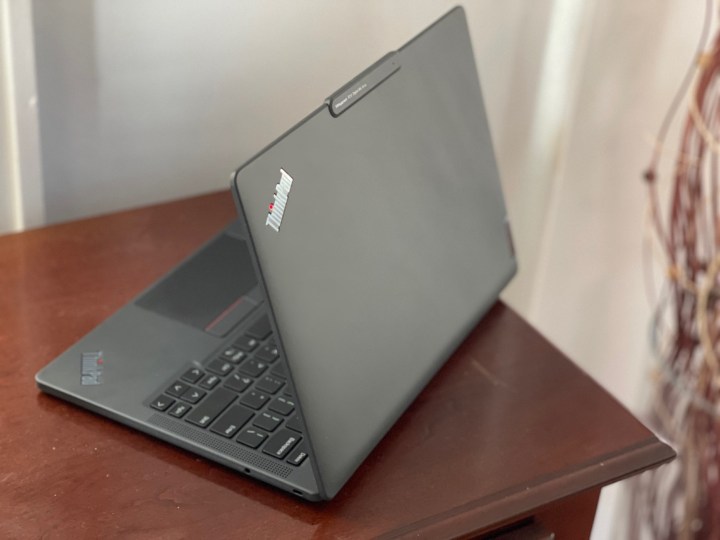 Arif Bacchus/ Digital Trends
Arif Bacchus/ Digital TrendsSpecs and price
| Lenovo ThinkPad X13s | Apple M1 MacBook Air | |
| Dimensions | 11.76 inches x 8.13 inches x 0.53 inches | 11.97 inches x 8.36 inches x 0.63 inches |
| Weight | 2.35 pounds | 2.8 pounds |
| Processor | Qualcomm Snapdragon 8cx Gen 3 | Apple M1 |
| Graphics | Qualcomm Adreno 690 | Apple M1 |
| RAM | 16GB LPDDR4 32GB LPDDR4 |
8GB Apple Unified 16GB Apple Unified |
| Display | 13.3-inch WUXGA (1920 x 1200) IPS, antiglare, 300 nits, 100% sRGB
OR 13.3-inch WUXGA (1920 x 1200) IPS, touchscreen, antiglare, 300 nits, 72% NTSC |
13.3-inch 16:10 (2,560 x 1600) 400 nits |
| Storage | 512GB PCIe SSD 1TB PCIe SSD |
256GB SSD 512GB SSD 1TB SSD 2TB SSD |
| Touch | Yes | No |
| Ports | 2 x USB-C 3.2 Gen 2
Headphone/ mic combo |
2 x USB-C with Thunderbolt 3 USB 3.1 Gen 2/ USB 4
Headphone/mic combo |
| Wireless | Wi-Fi 6E and Bluetooth 5.1
Optional 5G sub6 eSIM or 5 mmWave eSIM |
Wi-Fi 6 and Bluetooth 5.0 |
| Webcam | 5mp Windows Hello with electronic privacy shutter | 720p FaceTime HD |
| Operating system | Windows 11 Pro | macOS |
| Battery | 49.5 watt-hour | 49.9 watt-hour |
| Price | $1,301 | $999 |
| Rating | Not yet fully reviewed | 4.5 out of 5 stars |
Design
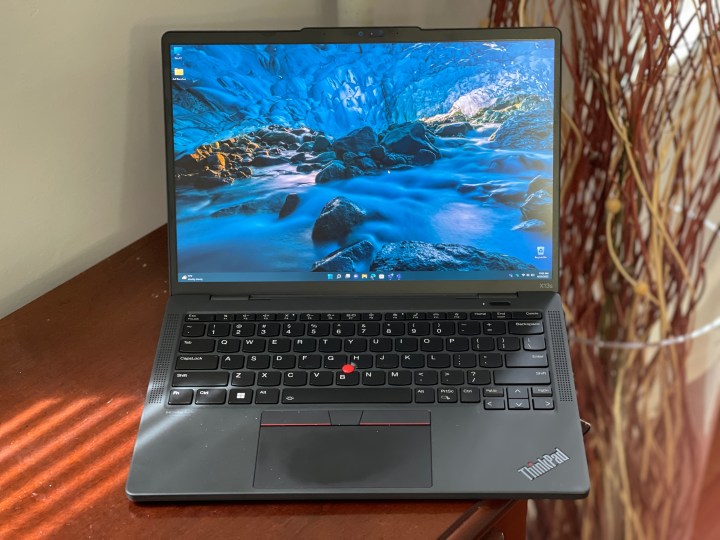 Arif Bacchus/ Digital Trends
Arif Bacchus/ Digital TrendsBoth the MacBook Air and the ThinkPad X13s are designed as traditional clamshell laptops. Both are also passively cooled, meaning they’re completely fanless. That’s where the design similarities end, though, as these devices are made of very different materials.
The ThinkPad X13s is made of recycled magnesium. This material is a lot lighter than aluminum. It’s been used on other ThinkPad models before and is quite sturdy and durable.
We have a ThinkPad X13 in-house and think the magnesium stands up well, with no bending, creaking, or warping to deal with. Overall, though, it does feel a bit like plastic on the corners of the keyboard deck. The material feels much more like aluminum on the lid, where it’s cool to the touch. Note that this magnesium ThinkPad is also more prone to fingerprints and can get dirty quickly.
The MacBook Air, meanwhile, is made out of recycled aluminum. This is a rinse and repeat choice of material for Apple as this material is found on all the company’s laptops. Yet, it still ends up feeling rock-solid when we reviewed it. It feels very expensive and premium at all corners of the laptop, and we never had issues with it getting dirty.
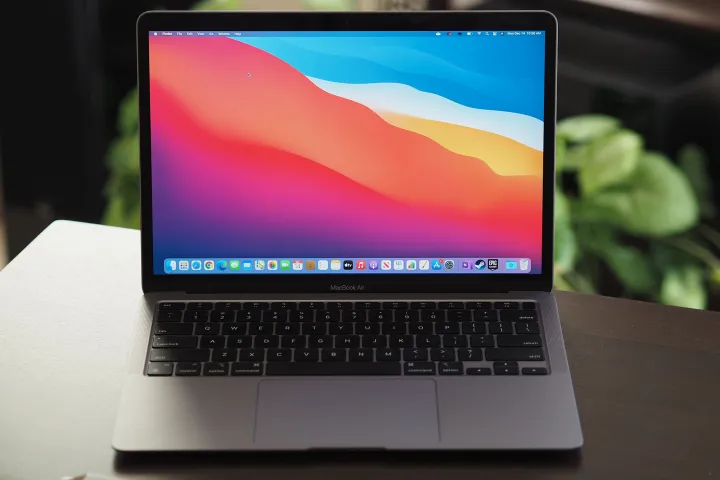 Mark Coppock/Digital Trends
Mark Coppock/Digital TrendsIf you’re curious about how that design choice shapes up for weight and dimensions, then wonder no more. In length, the ThinkPad is shorter than the MacBook Air. It is shorter in width and also slightly thinner at 0.53 inches, versus the 0.63 inches on the MacBook Air. The ThinkPad is also lighter at 2.35 pounds versus the 2.8 pounds MacBook Air.
In color options, the ThinkPad X13s only comes in one “Thunder Black” color. The MacBook Air, meanwhile, comes in either gold, silver, or space gray.
Keyboard and trackpad
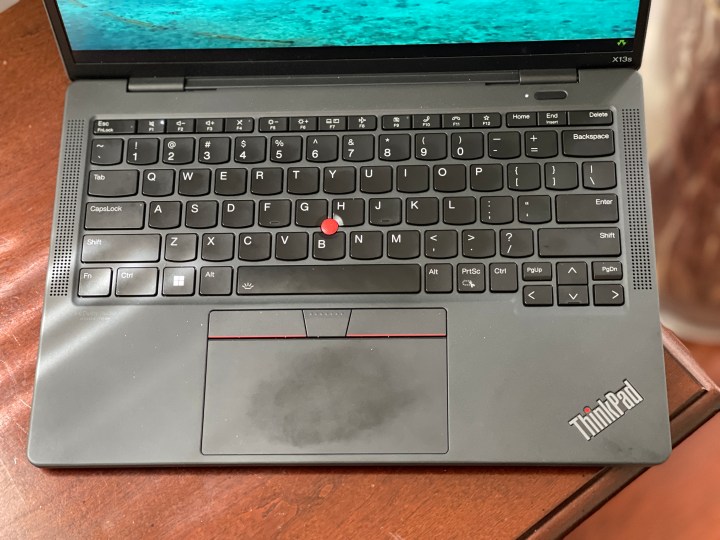 Arif Bacchus/ Digital Trends
Arif Bacchus/ Digital TrendsThe keyboards on the ThinkPad X13s and MacBook Air M1 are quite different. On Apple’s laptop, you get a backlit Magic Keyboard, as well as a Force Touch haptic trackpad and a fingerprint sensor on the power button. The ThinkPad X13s has a traditional spill-resistant keyboard, a glass touchpad, and a TrackPoint nub. A similar fingerprint reader is also on the power button.
Apple’s Magic Keyboard on the M1 MacBook Air replaces the troublesome butterfly keyboard on older models. We thought the keys were nicely sized, with great precision and bottoming action. The Force Touch trackpad, meanwhile, was something that we found quite large and accurate at the time of review versus Windows laptops — though the Surface Laptop Studio and XPS 13 Plus now have this, too.
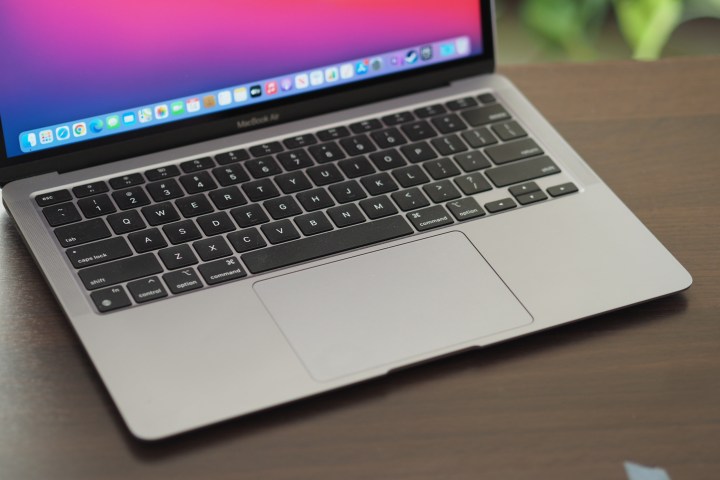 Mark Coppock/Digital Trends
Mark Coppock/Digital TrendsWith the ThinkPad X13s that we’re testing, the keycaps on the keyboard have a nice soft feeling when pressed into the chassis. There’s not too much bottoming out, and typing action feels great. The keycaps are curved, though, similar to the Lenovo Yoga Line. We also do like the trackpad, as it is smooth to use and made of glass. It is not haptic like the one on Apple’s machine, however. Clicking produces loud noises and harsher feedback. It’s also a lot smaller, too. The addition of the TrackPoint helps with finer clicking, though, as does the additional left, right, and scroll buttons above the trackpad.
Oh, and just like Apple’s MacBook Air, there are speakers to the left and right of the keyboard deck on the ThinkPad. It’s a great design choice that helps make audio feel immersive on both laptops.
Performance
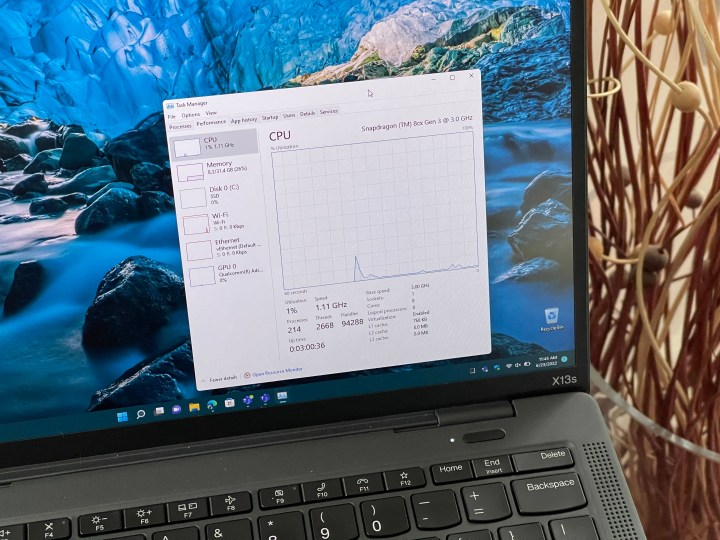 Arif Bacchus/ Digital Trends
Arif Bacchus/ Digital TrendsPerformance is the most important thing to consider in the ThinkPad X13s vs Apple M1 MacBook Air debate. We’ll be diving deep into the Snapdragon 8cx Gen 3 vs Apple M1 debate, but there’s a catch. Windows on ARM limits which types of testing software we can use for our performance comparison, but we do have some early calls to make with our unit, which is maxed out with 32GB RAM.
It is not really good for the ARM-powered ThinkPad, though there are some really big gains when compared to other laptops in the Windows on ARM space. Here’s why.
In Geekbench 5, the ThinkPad x13s scores behind the MacBook Air M1. The ThinkPad X13s netted 1,118 single-core and 5,776 multi-core results. That’s put up against the MacBook Air M1, which got 1,727 single-core and 7,585 multi-core results.
That Geekbench score might look bad against the MacBook, but there are huge differences between Qualcomm Snapdragon 8cx generations. The Samsung Galaxy Book Go 5G with the 8cx Gen 2 got a 796 single-core score and a 3,105 multi-core score. It even kills the original Surface Pro X, which scores 618 single-core and 2,593 multi-core.
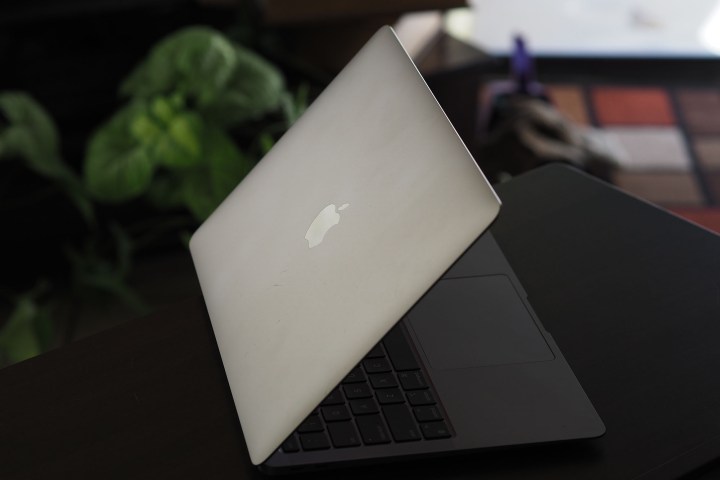 Mark Coppock/Digital Trends
Mark Coppock/Digital TrendsFor reference in the Windows space, Lenovo claims system-level performance on this device can be boosted by up to 57% and that multi-tasking can be up to 85% faster. This brings the ThinkPad closer to an Intel Core i5 in terms of performance in the Windows space. For example, the quad-core Intel Core i5-11320H on a Dell Inspiron 15 nets a 1,429 single-core score and a 4,275 multi-core score.
Just as you’d get on an M1 MacBook Air, we think things like web browsing in Chrome and Edge work great on the ThinkPad. Along with office work, these apps perform very well on this system in our real-world tests. That’s even with Chrome, which runs emulated on this machine due to the app not being optimized for Windows 11 on ARM. While it’s behind the 100 scores we get on most Windows laptops or the 200 scores on the MacBook Air M1, our Speedometer 2.0 test can account for that, as it nets around 87.2.
Even some very light gaming in a Steam title like Broforce works well on the ThinkPad, as the title performs at a solid 60 frames per second. We won’t go beyond that though on the ThinkPad, as when we tested a more demanding title like CS: Go, the system locked up and we ended up putting the game in a windowed mode with settings all the way down. Encoding a podcast in a video editor, Filmora also suffers badly on the ThinkPad, with a 30-minute project and 2GB of files taking 25 minutes to complete.
This ThinkPad is great for office work, web browsing, or using common Win32 apps not optimized for ARM. However, the more demanding tasks on the ThinkPad X13s are behind expectations from other Windows laptops of its class — and what you’ll get with the M1 MacBook Air. From our experience, the MacBook is able to encode movies in just 4.5 minutes in our tests and run games like Fortnite at higher resolutions than the ThinkPad ever can.
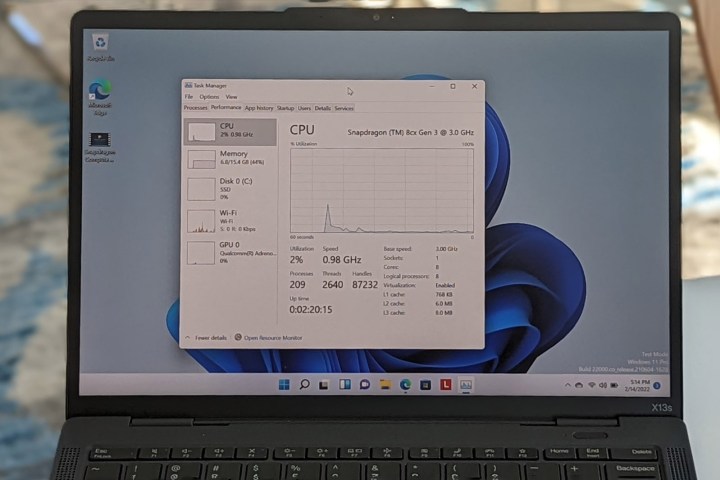 Arif Bacchus/Digital Trends
Arif Bacchus/Digital TrendsThe reason for that end result has a lot to do with the emulation Microsoft is using on the ARM flavor of Windows 11. It is behind what Apple has accomplished with Rosseeta 2 on the M1 MacBook Air. With the ThinkPad, if you’re using an app that’s been optimized for Windows on ARM (like Edge), it will be able to fully unlock the performance benefits of the 8cx Gen 3.
If your app isn’t optimized (many are not), it will run under emulation and won’t be able to use the Adreno GPU inside the ThinkPad X13s. Take our test with Cinebench, for example, which is under emulation. It just sees the CPU and netted some really poor results with 2,029 for multi-core, and 554 single-core. That is behind the 1,498 points in single-core mode on the M1 MacBook Air and the 8,359 points in multi-core of the MacBook.
Optimized apps like Visual Studio 2022, though, did unlock the GPU power and installed with speed, as did several Windows Store games like Asphalt 8, so it’s not all a loss. But all around, the M1 MacBook Air definitely has better performance, since all apps and games work well, even with emulation.
Display
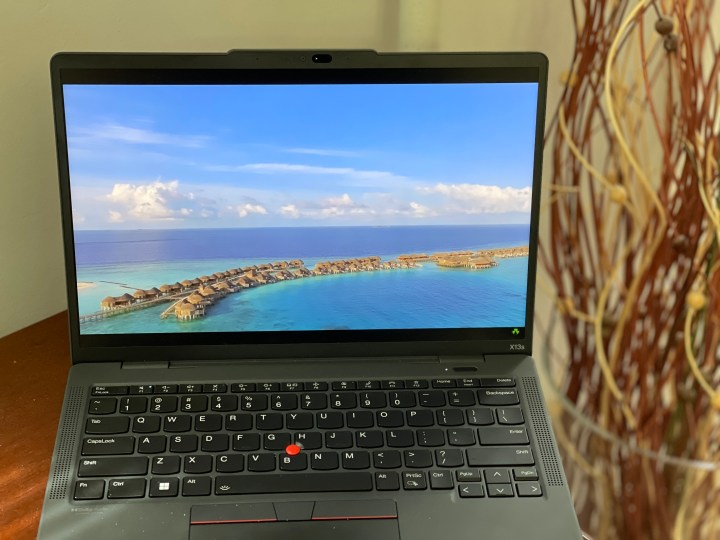 Arif Bacchus/ Digital Trends
Arif Bacchus/ Digital TrendsThe MacBook Air M1 and the ThinkPad X13s have indifferent displays. Both are tuned to the 16:10 aspect ratio for great multitasking, but that’s all they share in common.
Apple’s MacBook Air M1 has a better panel than the Thinkpad X13s. It’s an IPS, glossy panel tuned to 2,560 x 1,600 resolution. That panel can hit up to 389 nits and can max out at 400 nits. In our tests, color hits 100% of the sRGB spectrum and 79% of the AdobeRGB spectrum.
The ThinkPad X13s is behind that. It is lower resolution at 1,920 x 1,200. It also has an IPS panel like the MacBook, but it only can top 300 nits of brightness. Touch is an option, though, which you’ll never get on a MacBook panel. The non-touch option on the ThinkPad can hit 300 nits brightness, as well as 100% of sRGB, just like the MacBook. This means it might not be the best for outdoor work.
Otherwise, touch models hit 72% of the NTSC spectrum. The display is still visibly bright and vibrant when indoors, as we could make out the fine colors of blue waters against yellow sands in a sample video during our viewing of a YouTube video with the screen at 100% brightness. But we definitely still feel that the M1 MacBook Air gets better brightness when outdoors.
Portability and battery life
 Arif Bacchus/ Digital Trends
Arif Bacchus/ Digital TrendsPortability will cover ports and battery life on the ThinkPad X13s vs the MacBook Air M1. In these areas, the devices are equal with some exceptions.
Both laptops have USB-C ports and headphone jacks, but the MacBook is compatible with Thunderbolt accessories, and the ThinkPad is not. Note that M1 MacBook Airs also can’t connect to dual displays, but the ThinkPad can. It supports up to 3 independent displays (the native display and 2 external monitors) via USB-C.
Another thing that makes the ThinkPad portable: It has an optional 5G modem with an eSIM. The MacBook does not have this. Even webcams are better on the ThinkPad, since it comes in at 5 megapixels and is backed by AI features on the Qualcomm SoC for better image quality. Apple’s MacBook is stuck with a boring 720p webcam.
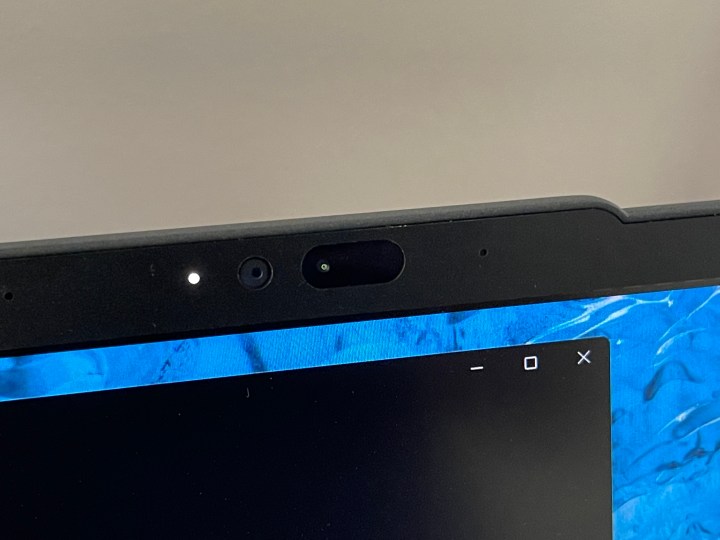 Arif Bacchus/ Digital Trends
Arif Bacchus/ Digital TrendsAs far as battery life goes, the ThinkPad and the M1 MacBook Air are neck-in-neck, but with some important caveats to point out. The Lenovo has a lower-resolution screen, so it can use that for better battery life. We got to around 28 hours of battery when looping a movie on the ThinkPad with Wi-FI off and the screen at under 100 nits.
That’s ahead of the MacBook Air, but the panel is the exception. As for web browsing, the MacBook Air wins out. We got to around 13.5 hours of life in our tests that involve using Microsoft Edge in our daily workflow with the screen at 32% brightness. It’s still behind the MacBook Air, though, which wins out at 15.5 hours and is at the top.
The Apple M1 still wins
In the battle between ARM-based laptops, we’re going to have to give the win to the Apple MacBook Air. While the ThinkPad X13s makes big gains for the Windows on ARM field, it’s still behind what Apple has done with the M1 MacBook Air in terms of performance.
This is mainly due to the emulation layer in Windows 11 not fully unlocking the power of GPU and many non-ARM optimized apps only depending only on the CPU layer for GPU-needed tasks. The ThinkPad though does get great battery life and has the huge plus of 5G connections, but until some of the kinks of Windows on ARM get worked out, Apple continues to keep the lead.

 Koichiko
Koichiko 










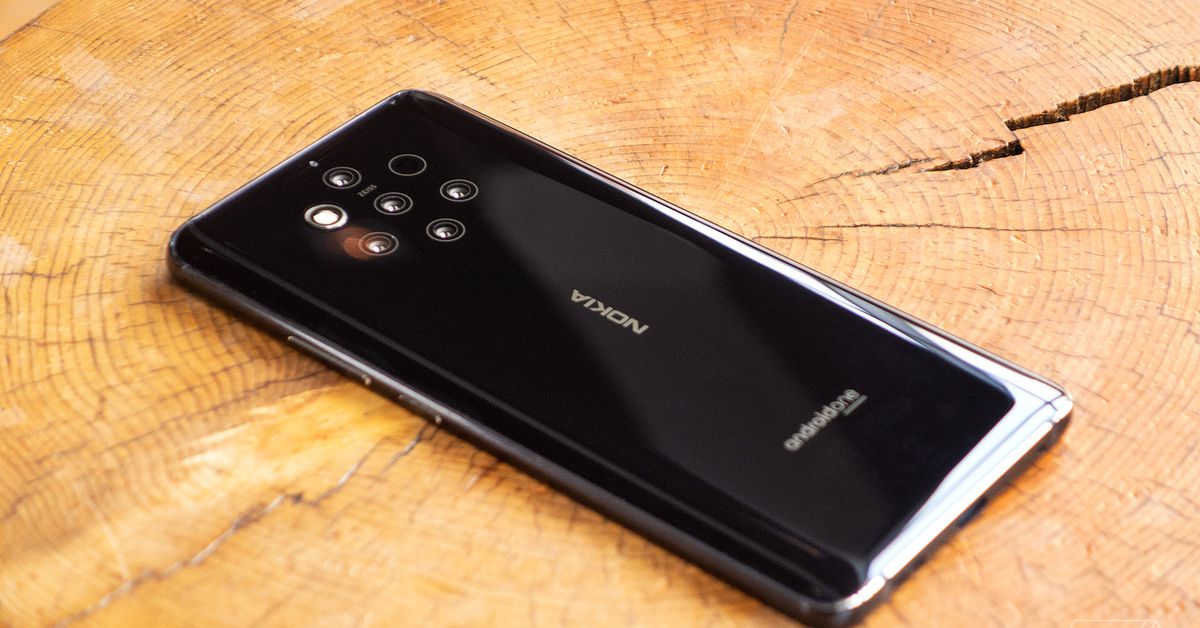

















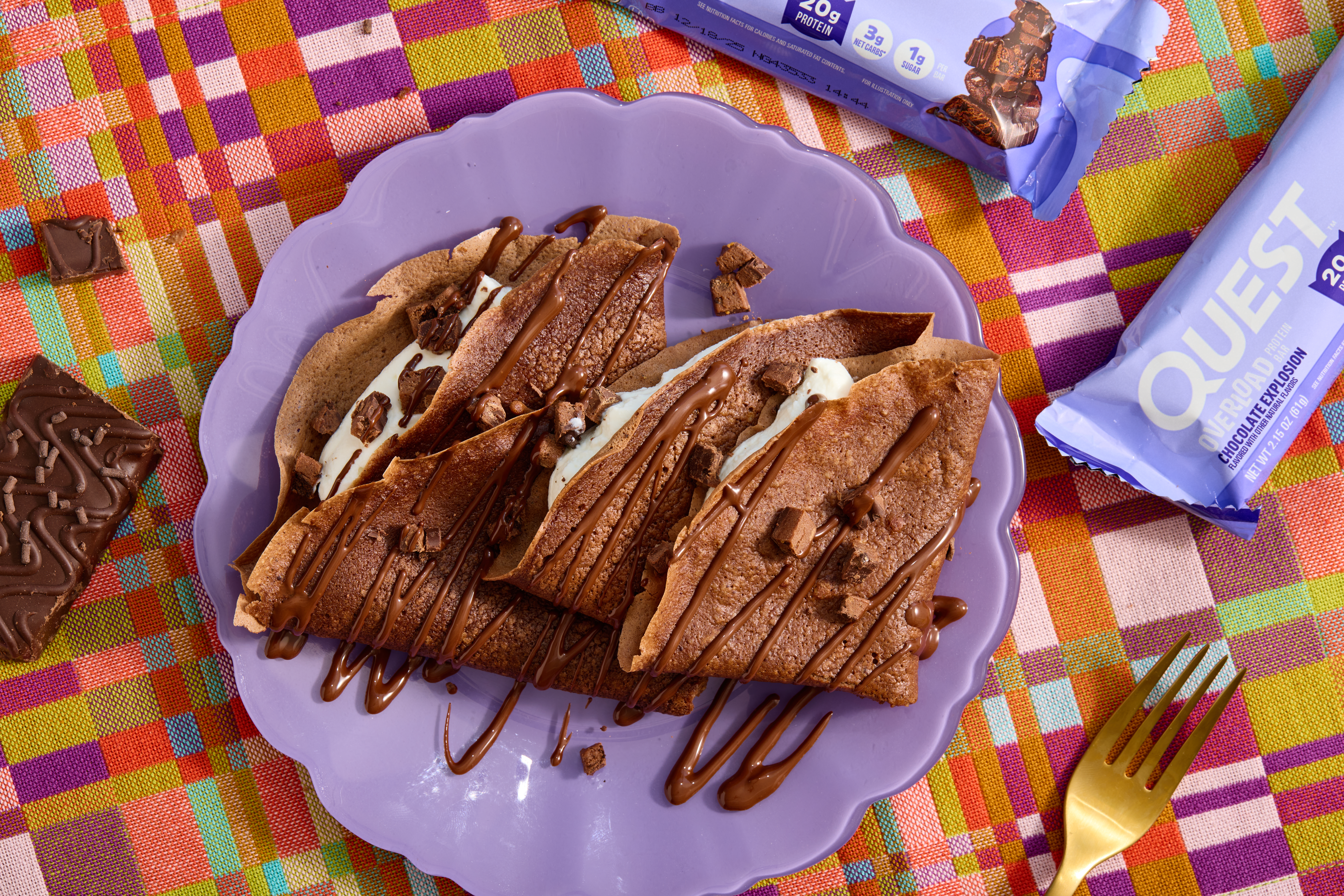
![6 Ways Creators Can Use Meta AI [Infographic]](https://imgproxy.divecdn.com/oWHvh1SOQzpl85udkH3rBnzoX7T5sjKPkJpQi2A8T5w/g:ce/rs:fit:770:435/Z3M6Ly9kaXZlc2l0ZS1zdG9yYWdlL2RpdmVpbWFnZS82X3dheXNfY21ldGFfYWkyLnBuZw==.webp)


